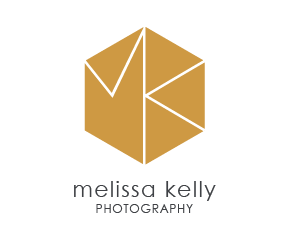Understanding the Gap Between DIY and Professional Photography
Wondering if there is a real distinction between whipping out your iPhone and professional photography? Let's break it down and explore the key differences that could make or break your marketing strategy. Check out why investing in a photographer could be a game-changer for your business or institution.
Technical Quality of Photos
The technical quality of photos is important to convey professionalism, credibility, and trustworthiness in any visual representation, especially in marketing and branding contexts. While DIY photos may capture moments, they often lack the finesse and precision of professional photography. Technical quality encompasses factors such as resolution, clarity, color accuracy, focus, and composition—all of which directly impact the viewer's perception of the subject matter. High-quality images not only showcase attention to detail but also elevate the overall aesthetic appeal, enhancing the brand's image and fostering a positive impression among audiences.
Lighting
Lighting is the heartbeat of photography, dictating the mood, depth, and overall impact of an image. It's the fundamental element that can make or break a photograph. The way light interacts with your subject can transform an ordinary scene into a captivating moment. Proper use of light enhances colors, textures, and details, while poor lighting can result in flat, uninspiring images. Whether it's natural sunlight streaming through a window or carefully placed artificial lighting, understanding and manipulating light is essential for creating compelling photographs. Mastering lighting techniques empowers photographers to evoke emotions, tell stories, and capture the essence of their subjects with precision and artistry.
Composition/Creativity
While technical skills like exposure and focus are essential, it's the arrangement of elements within the frame and the imaginative interpretation of the subject that truly elevate a photograph from mundane to mesmerizing. A well-composed image draws the viewer in, guiding their gaze through the scene and evoking emotion. Creativity allows photographers to infuse their unique perspective into their work, transforming ordinary moments into extraordinary visual narratives. Whether it's the use of leading lines to create depth, the careful balance of light and shadow, or the unexpected angle that unveils a fresh perspective, composition and creativity are the magic ingredients that breathe life into photographs, making them memorable and impactful.
Event Coverage
Unlike staged shoots, events unfold naturally, presenting authentic opportunities to showcase the essence of an occasion, whether it's a corporate gathering, a gala, or a community celebration. Professional event photographers possess the skills to anticipate and capture these moments, making sure nothing significant is missed. From candid interactions to key moments, their lenses document the atmosphere, emotions, and highlights of the event, creating a visual narrative. Event coverage not only serves as a valuable record but also acts as a powerful tool for marketing, promotion, and fostering connections, making it an indispensable aspect of any successful event strategy.
Need more reasons?
Professional photographers...
Make people at ease in front of the lens
(most subjects are normal people, not models!)Are able to draw out personalities
Are able to direct, prompt, and arrange
in a way that looks like natural candidsWork quicker and more efficiently
Bring ideas to the table, they don’t just
shoot what you tell themHelp with shoot planning for best results





